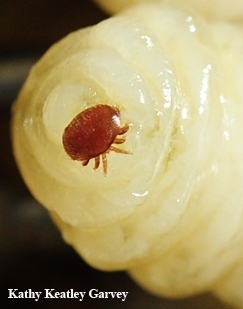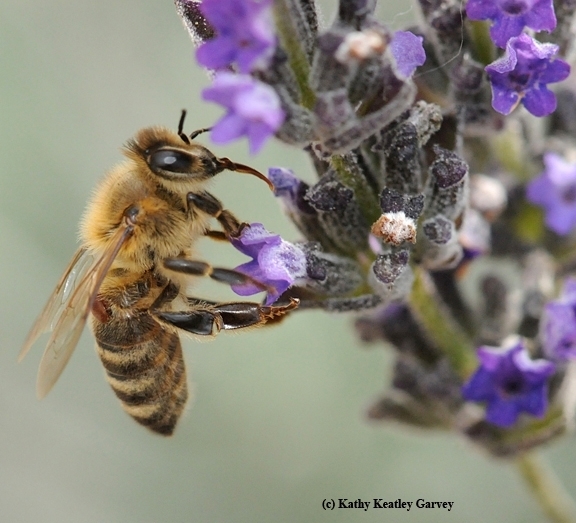
When the American Beekeeping Federation (ABF) meets Jan. 9-13 at the Grand Sierra Resort, Reno, Nev. for its 75th annual American Beekeeping Federation Conference & Tradeshow, the key concern is bee health.
Sadly, colony losses continue to take their toll.
Our nation's honey bee colonies are down slightly for operations with five or more colonies, according to statistics released Aug. 1, 2017 by the U.S. Department of Agriculture (USDA).
In its news release, the USDA's National Agricultural Statistics Service noted that "Honey bee colonies for operations with five or more colonies in the United States on January 1, 2017 totaled 2.62 million colonies, down slightly from January 1, 2016. The number of colonies in the United States on April 1, 2017 was 2.89 million colonies. During 2016, honey bee colonies on January 1, April 1, July 1, and October 1 were 2.62 million, 2.80 million, 3.18 million, and 3.03 million colonies, respectively."
Honey bee colony loss (for operations with five or more colonies) amounted to 362,000 colonies or 14 percent. "The number of colonies lost during the quarter of April through June 2017 was 226,000 colonies, or 8 percent," according to the USDA news release. "During the quarter of October through December 2016, colonies lost totaled 502,000 colonies, or 17 percent, the highest of any quarter in 2016. The quarter in 2016 with the lowest number of colonies lost was April through June, with 330,000 colonies lost, or 12 percent."
And again, no surprise: the No. 1 colony stressor was that dreaded varroa mite (Varroa destructor) and the viruses it can transmit. The parasitic mites suck the blood (hemolymph) from both the adults and developing brood, especially drone pupae.
The ABF conference will zero in on the varroa mite at several presentations on Thursday, Jan. 10:
- "Selecting for Behavioral Resistance to Varroa Destructor"--Krispn Given, Apiculture Specialist, Purdue University Department of Entomology, West Lafayette, Ind.
- "RNA Viruses and Varroa Mites: Temporal Variation in Honey Bee Pathogens Influences Patterns of Co-Infection"--Alex Burham, University of Vermont, Burllngton, Va.
- "Engaging Beekeepers with MiteCheck: Implementing a Nationwide Citizen Science Program for Monitoring and Comparing Varroa destructor Infestations"--Rebecca Masterman, University of Minnesota, St. Paul, Minn.
Overall, the diamond-anniversary conference will focus on educational sessions, social and networking activities "and lots of opportunities to learn about new products and services," according to ABF president Gene Brandi of Los Banos, a bee industry leader for four decades. He currently manages some 2000 colonies in central California with his son.
Morris Weaver of Montgomery, Texas, the 1975-76 ABF president, will deliver the keynote presentation on "The American Beekeeping Federation, Inc.: 75 Years Strong."
Attendees can choose from five track sessions: small scale beekeepers; serious sideliners; package bee and queen breeders; honey producers and packers; and commercial beekeepers. Registration also will take place at the door.
On Saturday, Jan. 13, Amina Harris, director of the UC Davis Honey and Pollination Center, will present two honey-tasting workshops: "Taste and Evaluate Honey: Matching Flowers to Flavors."
This week is truly a gathering of bee scientists and beekeepers. In conjunction with the ABF conference, the American Bee Research Conference will take place Jan. 11-12 in Reno. Marla Spivak, MacArthur Fellow and Distinguished McKnight University Professor, University of Minnesota, is the keynote speaker.
Attached Images:
